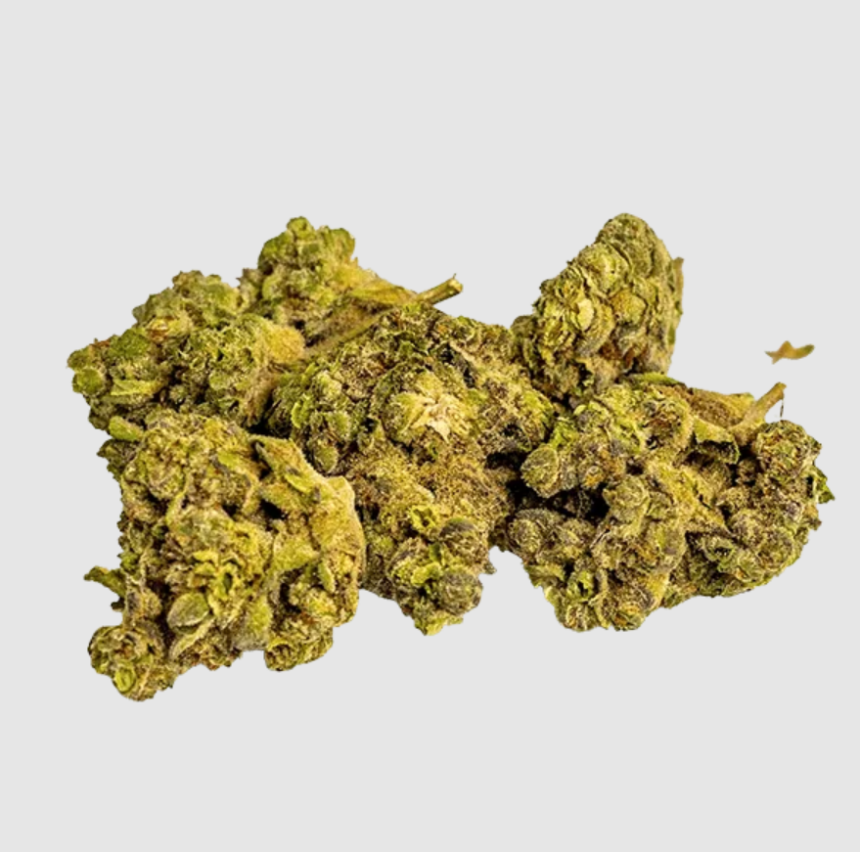In the ever-evolving tapestry of human civilization, certain discoveries have left an indelible mark on our collective consciousness. One such discovery, shrouded in mystique and celebrated for its profound effects, is the THCA flower.
Our story starts in the prehistoric eras of ancient times, when the cultivation of plants intertwined with the development of humanity. Ancient civilizations valued the power of plant valuables, from the banks of the Nile to the isolated Andean communities. The THCA flower became a symbol of spiritual discovery and therapeutic capability inside this colorful tapestry, capturing the imaginations of shamans, healers, and philosophers alike.
We saw its use in ceremonial rites, where its fragrant tendrils danced in the air, bridging the gap between the physical world and the ethereal realm. As ancient healers used its therapeutic powers to treat illnesses and improve wellbeing, we dive into its medicinal applications.
The journey does not stop there, though. The THCA flower’s history evolves over time, fusing tradition and contemporary in a new chapter. We explore the current upsurge of interest as science reveals the complexities of its chemical make-up and unparalleled potential.
THCA (tetrahydrocannabinolic acid) flower can trace its roots back to ancient civilizations. Historical records indicate that cannabis was cultivated and used for various purposes in ancient China, Egypt, and India. These cultures recognized and incorporated the plant’s medicinal properties into their traditional practices.
Ancient China:
In ancient China, cannabis was valued for its medicinal properties. The legendary Chinese emperor Shen Nung, known as the “Father of Chinese Medicine,” documented the therapeutic effects of cannabis as early as 2737 BC. Cannabis alleviates pain, reduces inflammation, and treated various digestive disorders. It was also believed to possess properties that harmonize the body and mind.
Ancient Egypt:
Cannabis played a significant role in ancient Egyptian society. The Ebers Papyrus, an ancient medical document dating back to 1550 BC, mentions the use of cannabis for medicinal purposes. The plant treated various ailments, including inflammation, glaucoma, and hemorrhoids. Egyptians also valued cannabis’s psychoactive properties and used it during religious ceremonies.
Ancient India:
In Ayurvedic medicine, which originated in ancient India, cannabis was considered a sacred plant with numerous therapeutic applications. The ancient text, Atharva Veda, mentions cannabis as one of the “five sacred plants” with healing properties. Cannabis was used to alleviate pain, induce sleep, and treat various ailments such as epilepsy and digestive disorders.
Traditional Uses:
THCA flower continued to be used in traditional medicine across different regions and cultures.
Traditional Chinese Medicine:
In Chinese medicine, the THCA flower balances the body’s energy and promotes overall well-being. It was believed to harmonize the body and mind, making it useful for managing stress and anxiety. Additionally, it was employed for pain relief, reducing inflammation, and aiding digestion.
Ayurvedic Medicine:
THCA flower, known as “Bhang,” was used in Ayurvedic medicine for its analgesic and soothing properties. It was commonly prescribed for pain management, easing menstrual discomfort, and promoting relaxation. Bhang was also believed to enhance spiritual experiences and was used by yogis and sadhus during meditation.
Modern Research:
In recent decades, there has been a resurgence of interest in THCA flowers, primarily due to advancements in scientific research and the discovery of the endocannabinoid system (ECS). The ECS regulates various physiological processes, including mood, pain sensation, and immune function.
THCA and the Endocannabinoid System (ECS):
THCA flower uniquely interacts with the ECS. When consumed, the acidic form of THC found in THCA flower (THCA) is converted to THC (tetrahydrocannabinol) through a process known as decarboxylation. THC then binds to cannabinoid receptors in the body, resulting in various therapeutic effects.
THCA’s Therapeutic Potential:
Research has shown that the THCA flower possesses several potential therapeutic benefits. It has been found to have anti-inflammatory, neuroprotective, and antiemetic properties. THCA may offer relief from pain, muscle spasms, and even certain types of cancer. Additionally, it has shown promise in managing epilepsy and other seizure disorders. However, further studies are required to fully understand its mechanisms of action and efficacy.
Consumption Methods:
When it comes to THCA flower, there are various ways to enjoy it based on personal preferences and desired effects. If you’re looking to shop for THCA flower then you can explore different methods of consumption of THCA flower first. Popular options include vaporization, smoking, and infusion into oils or edibles. Each method provides a distinct experience, empowering users to customize their consumption according to their specific needs and preferences.
Vaporization:
Vaporizing THCA flower involves heating it to a temperature that releases the active compounds without combustion. This method allows for precise temperature control and minimizes potential health risks associated with smoking.
Smoking:
Smoking THCA flowers involves combusting the plant material and inhaling the resulting smoke. While smoking is a traditional method, it may carry health risks associated with inhaling combustion byproducts.
Edibles and Infusions:
THCA flowers can also be infused into oils or used to prepare edibles. This method provides an alternative for those who prefer not to inhale cannabis. Edibles typically have a slower onset of effects but offer longer-lasting relief.
Concluding on :Is THCA naturally occuring
The journey of the THCA flower has been remarkable, spanning centuries of human history. From ancient civilizations to modern research, we have unraveled its potential as a valuable therapeutic agent. As our scientific understanding continues to grow, we can expect more breakthroughs and progress in harnessing the potential of THCA flowers for the betterment of humanity. Whether we explore the profound knowledge of traditional medicine or delve into the latest advancements, the allure of the THCA flower remains captivating, enticing us to explore its potential further. It offers hope for a brighter future in the field of cannabis therapeutics.














